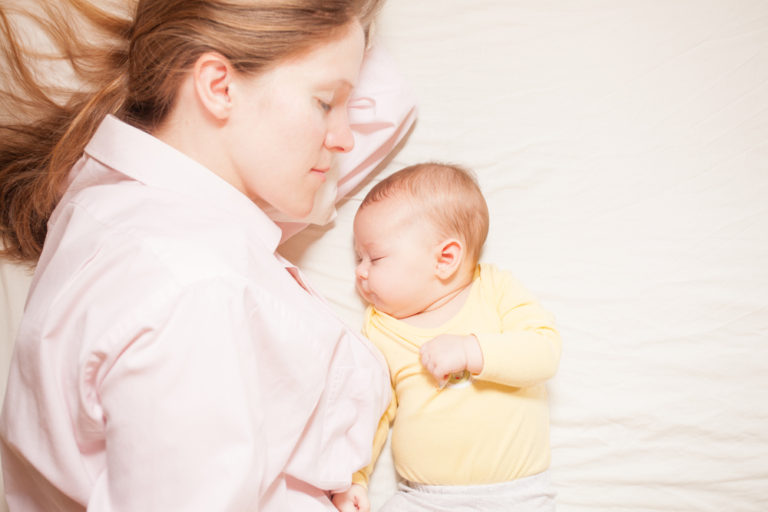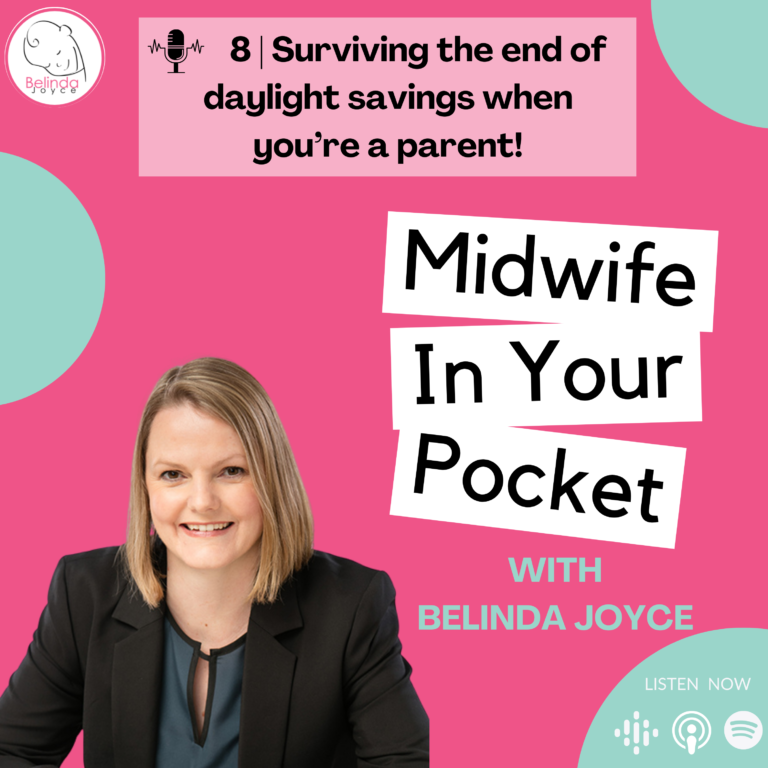Helping Your Newborn Baby To Sleep
Helping your newborn baby to sleep:
When I had my first baby, I had no idea how much sleep a newborn baby needed. I wondered why she cried so much (that’s just what babies do right?) I found myself trying to cheer her up and keep her happy all the time, she cried a lot and sometimes I did too.
What I have since learnt from experience and what the research tells us is that once your newborn baby has been awake for 1 to 1.5 hours they will probably already be showing you some tired signs. The majority of your baby’s wakeful time will be feeding and having their nappy changed in the early days.
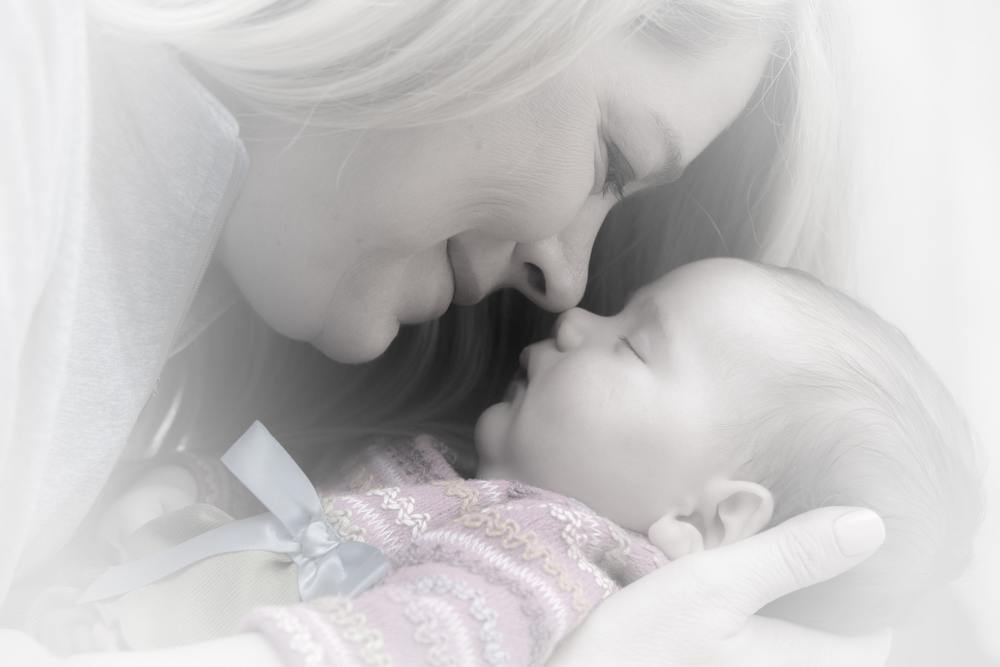
DISCOVER HOW TO SURVIVE & ENJOY YOUR BABY!
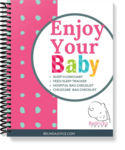 The pack is full of checklists and printables to help you improve sleep challenges with our flowchart, decide what to take to hospital, what equipment is essential, what to put in your nappy bag and so much more
The pack is full of checklists and printables to help you improve sleep challenges with our flowchart, decide what to take to hospital, what equipment is essential, what to put in your nappy bag and so much more
When your baby is in your arms their tired signs are harder to see as they are distracted by you, put them on a rug on the floor and sit or lie down next to them, this way you can more easily observe for tired signs. You are looking for more than just crying, you want a few tired signs such as some grizzling, movements that have become jerky and fist clenching.
Newborn tired signs:
- jerky movements
- crying, grizzling
- fist clenching
- turning face away, dazed
- yawning
- coughing/choking/hiccups
- back arching
- squirming/kicking aggressively
- vomiting/possiting
- red around eyes or eyebrows
- hands to mouth
- dark circles under eyes
- facial grimacing
- clinginess
If you are not sure if your baby is tired or hungry, especially if your baby is only in their first few weeks of life or if you don’t think they had a good feed before, you may want to give them another feed before attempting to settle them in the cot.
As your baby gets older these tired signs will become much more obvious and then it is easier to pick them.
How to get your baby ready for sleep:
Check your babies needs have been met, nappy dry, fed well, had some play/awake time. Swaddle for young baby, this helps to avoid the startle reflex which is a strong jerky movement that will often wake your baby and make him hit himself in the face. After 4 months your baby may be rolling and it is no longer safe to swaddle due to the risk of entanglement, a sleeping bag works well to reduce rolling and to keep baby warm and comfortable.
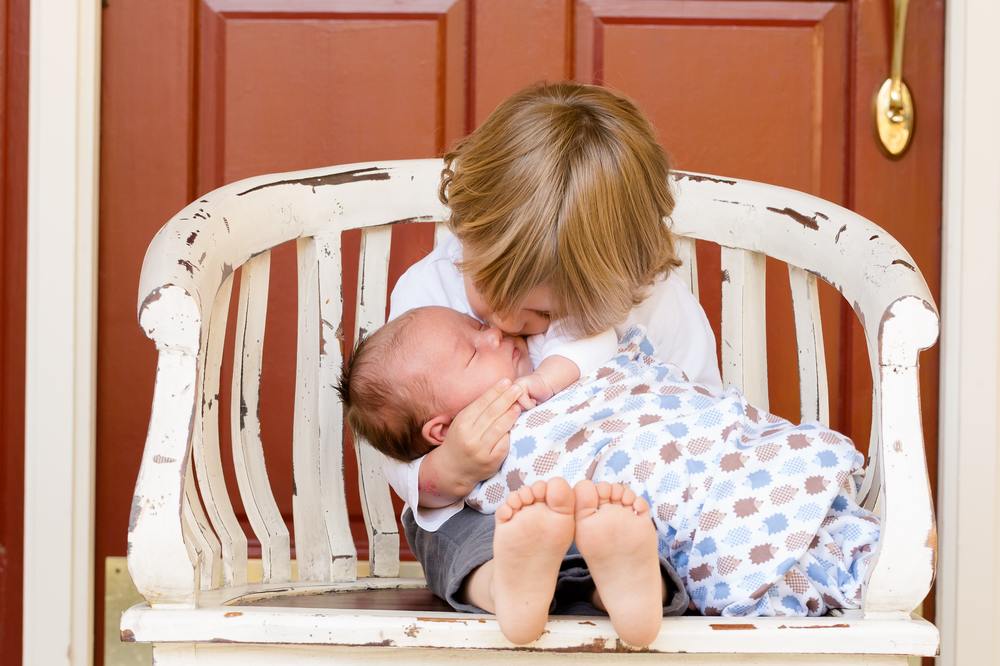
Reduce stimulation:
Some quiet time before sleep will also assist your baby to get ready for sleep, turn off screens, if music is playing make sure it’s relaxing, speak in a calm quiet voice, sing a lullaby, reduce eye contact as this may ‘rev him up’ for play. If your baby is drowsy when put into the cot in the early weeks of learning to sleep in their cot they are likely to settle more easily.
Dark Room:
A darkened room has less distractions meaning better sleep for most babies. I know with my first baby I had the blinds open in the day time as I was trying to teach her the difference between day and night but when she got into light sleep the bright room woke her immediately.
Into cot awake:
Put her into her cot awake but tired and ready for sleep, always on her back and with feet at the end of the cot. Say goodnight, give her a kiss. It is better to start in the cot rather than falling asleep in your arms as when she gets into light sleep and realises she is in the cot and this is not where she was when she fell asleep this can be upsetting and confusing causing further crying and waking.
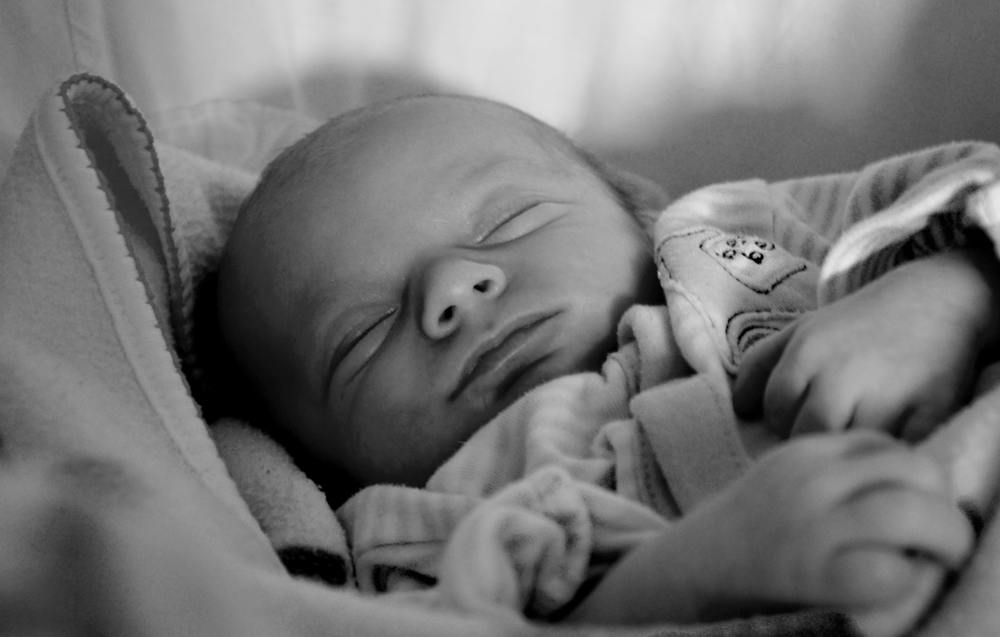
Give your baby the opportunity to go to sleep themselves, she may need some time to stretch and wriggle a little, sometimes vocalising, grizzling before she is able to fall asleep. I know when I go to bed I often need to read a few pages of a book before I’m ready to fall asleep!
Sometimes it may feel as if your newborn is crying for you to come, however they don’t understand that you exist when they can’t see you, therefore they are crying because they require attention or can’t fall asleep themselves and need some help.
What if your newborn baby is tired, unsettled and crying:
First run through a quick mental checklist, has she had a good feed recently, is her nappy clean, has she had some awake time, meet these needs first. If your baby is grizzling that is fine and normal but if she is crying in distress then it is best to stay with them and try some soothing strategies such as patting or double patting at a similar rate as your heart beat.
Just because your baby is crying does not mean you must pick them up immediately, we don’t want your baby to be left alone and feeling abandoned when distressed however staying and helping them to go to sleep can work well.
Hands on settling techniques:
You can pat her tummy, side, the mattress, if not improving you can roll her onto her side and pat her upper back or bottom area, many babies really enjoy this. Double patting on the bottom or thighs and shoulder or upper back. Rhythmic patting often works well. Make sure you leave your baby on her back for sleep.
You can also try gentle and slow body rocking holding your baby’s shoulder and hip. Once she is calming, try quietly leaving her to drop off to sleep herself. This is teaching your baby to self soothe. By using ‘in cot’ settling methods we avoid picking up and cuddling so that she will learn to drop off to sleep in her cot, this is the beginning of learning to self soothe.
If you are using a dummy this can be used throughout the settling process as well, many babies have a very strong urge to suck, especially when going to sleep, it has a soothing effect.
If your baby wakes under 1 hour then it is a good idea to try to resettle them in the cot to get a longer sleep using the same settling strategies discussed earlier. This won’t always work, sometimes you just have to get them up and hope for a better next sleep.
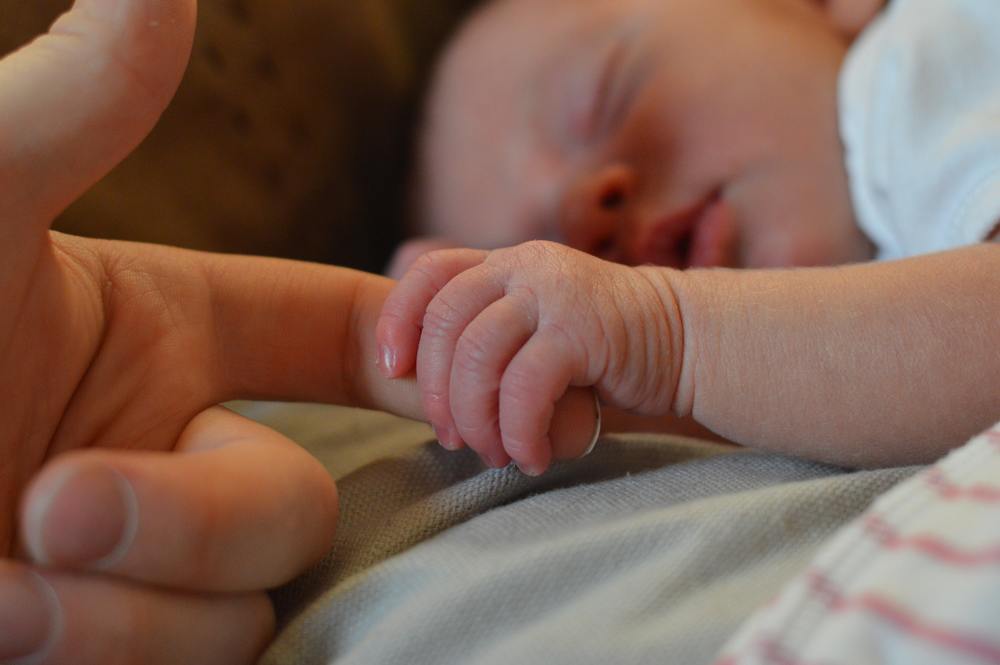
Some parents prefer to walk, feed, cuddle and rock their baby to sleep and this is nice to do sometimes but if you do this every time this is how your baby will learn to go to sleep and keep requiring this each time they are in light sleep to get back to sleep.
At some stage during this process you may begin to feel angry and frustrated, this is normal. Leave your baby in the cot and take a few minutes to yourself, walk outside and get some fresh air or make a cup of tea. Then go back and try again, if this is happening regularly please ask for help from your Maternal & Child Health Nurse, GP or Paediatrician.
More help:
See ‘How to soothe your crying baby’ post for more settling strategies.
If at any time, deep down you feel this settling technique is not right for you and your baby you should stop immediately, this may be a good time to have a discussion with your child health nurse about sleep and settling and consider some support with this.
See the ‘Helpful Resources’ page for some more support with sleep and settling, including Early Parenting Centre contact details in each state and you may also have local services such as day stay programs.





